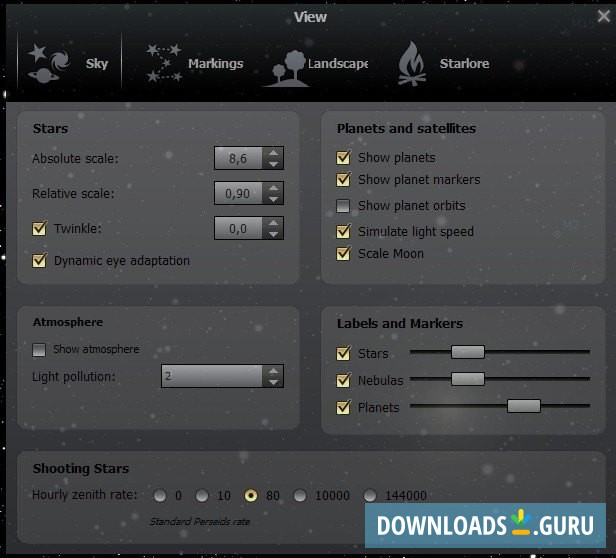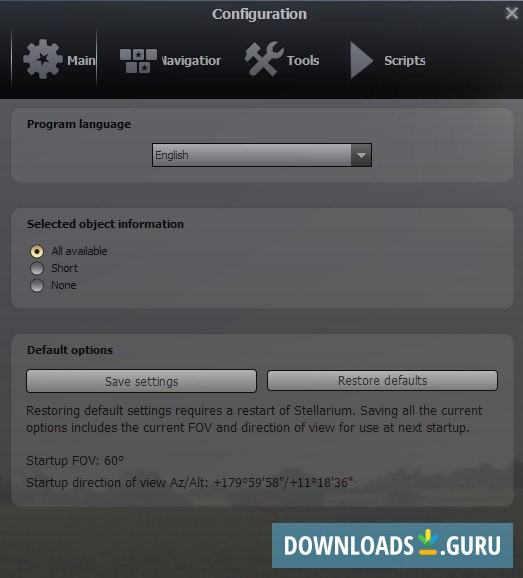

Added displaying last updated TLE for users.Added support INDIGO for Telescope Control plugin.Stellarium 0.20.0 brings GUI refactoring and updating, code refactoring (related to Solar system), and many improvements in the code of plugins. Here’s how to install it in Ubuntu 18.04, Ubuntu 19.10, and Ubuntu 20.04. There should not be any obvious mis-renderings (flickering, textures that come and go.).Free-software planetarium Stellarium 0.20.0 was released a few days ago.All demos should run without crashing and tearing.Use 'J', 'K' and 'L' keys to adjust clockwork.left-click+mouse to move around or select objects.Use the mouse wheel to zoom in and out.You should stop demo by hitting 'F2' key and clicking on 'stop' button before trying another.Run "screensaver.ssc" or "solar_system_screensaver.ssc" demo.Hit 'F2' key and navigate "Scripts" There should be a list of demos.Install the stellarium package with the command su -c 'yum install stellarium'.Ensure that glxinfo | grep 'OpenGL renderer' does not return OpenGL renderer string: Software Rasterizer or llvmpipe.If using a live image to test, ignore the above steps and simply boot the system from the live image with default options.Shut your system down entirely, then start it up again.



Ensure the file /etc/X11/nf does not exist, or is a valid file that uses the intel driver.You can see your current kernel options by running cat /proc/cmdline.Ensure the nomodeset and i915.modeset=0 kernel parameters are not set in your bootloader configuration.You must be using a card supported by the intel video driver. It can generate images of the sky as seen through the Earth's atmosphere with more than one hundred thousand stars from the Hipparcos Catalogue, constellations, planets, major satellites and nebulas. Stellarium is a real-time 3D photo-realistic nightsky renderer.


 0 kommentar(er)
0 kommentar(er)
